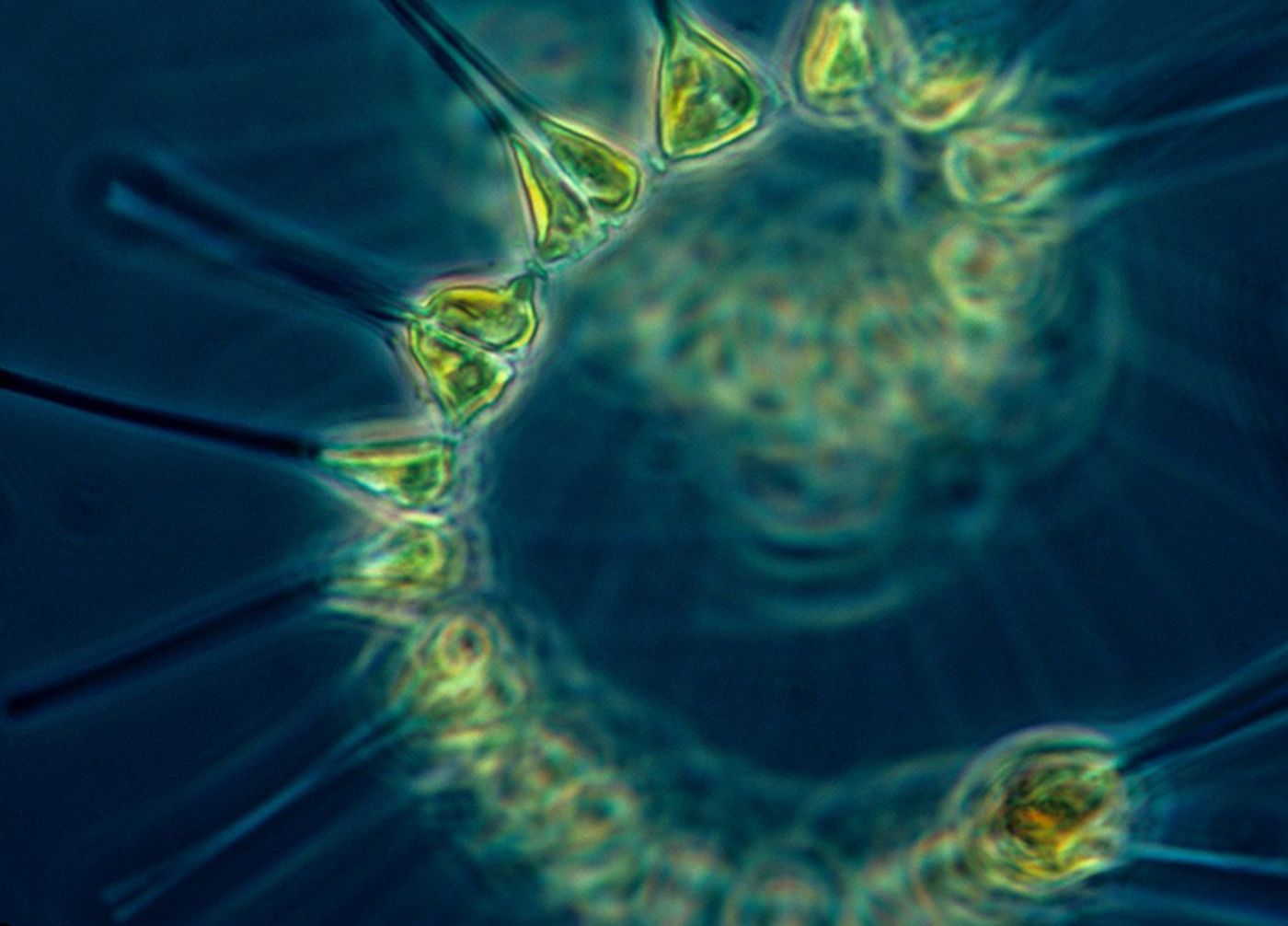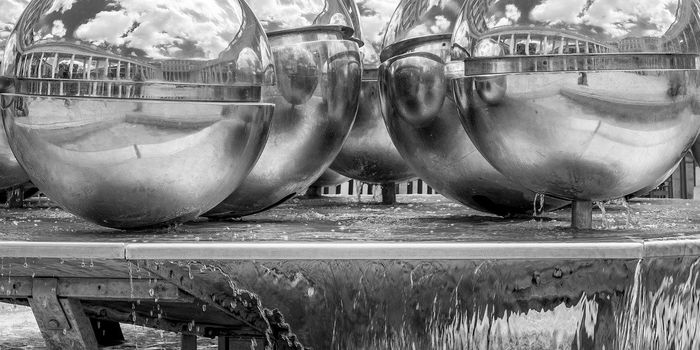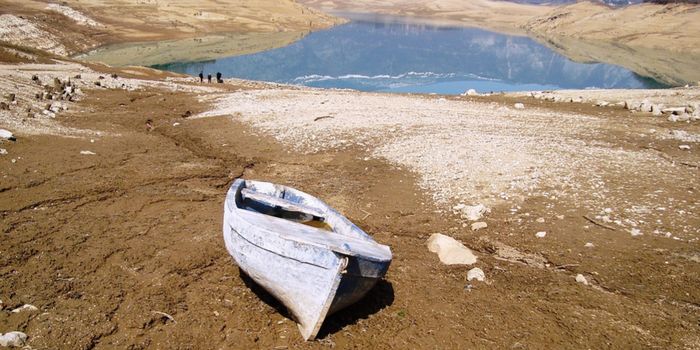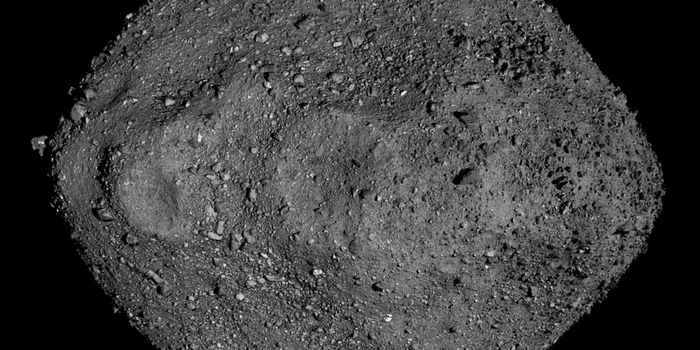New Study Suggests Phytoplankton Will Thrive, not Decline
Based on current Earth models, which project warming seas and nutrient depletion, scientists widely believe that phytoplankton biomass will decline in the future. However, a new study from scientists at the University of Irvine (UCI) surprisingly shows that some phytoplankton populations may expand by the end of this century. The results of this research were published this week in Nature: Geoscience.
According to the study, most existing models did not capture the high diversity of the phytoplankton world. Additionally, scientists traditionally based phytoplankton biomass projections on the presence or absence of chlorophyll in the water. However, according to senior author and UCI professor Adam Martiny, “the problem is that chlorophyll is not everything that’s in a cell, and actually, in low latitudes, many plankton are characterized as having a very small amount of it."
These discrepancies and more led Martiny and UCI oceanographers to conduct their own phytoplankton census. According to a news release from UCI, the team analyzed samples from more than 10,000 locations around the world to create a global synthesis of the main phytoplankton groups in warm regions. They discovered that the majority of phytoplankton species are tiny picophytoplankton—the less well-known but much more abundant type of plankton. The researchers estimate that picophytoplankton makes up 80 to 90% of plankton biomass in warmer areas.
Then, the research team assessed the global biogeography of these plankton types by analyzing a global abundance dataset with a neural-network-derived quantitative niche model. As stated by Martiny, “these sorts of artificial intelligence tools can help us challenge existing paradigms,” such as the one discovered through this process. The team surprisingly found that at the end of this century, in many regions, there would be an increase of 10 to 20% plankton biomass, not a decline as previously thought.
A key feature of the picophytoplankton life cycle includes nutrient recycling of dead plankton. The research team theorizes that at higher temperatures, living plankton may more easily recycle nutrients from dead plankton back into the biomass. In the UCI article, Martiny states that this study further illustrates the “variability and resilience of phytoplankton,” the basis of which entire marine ecosystems are dependent.
Sources: UCI, Nature Geoscience









